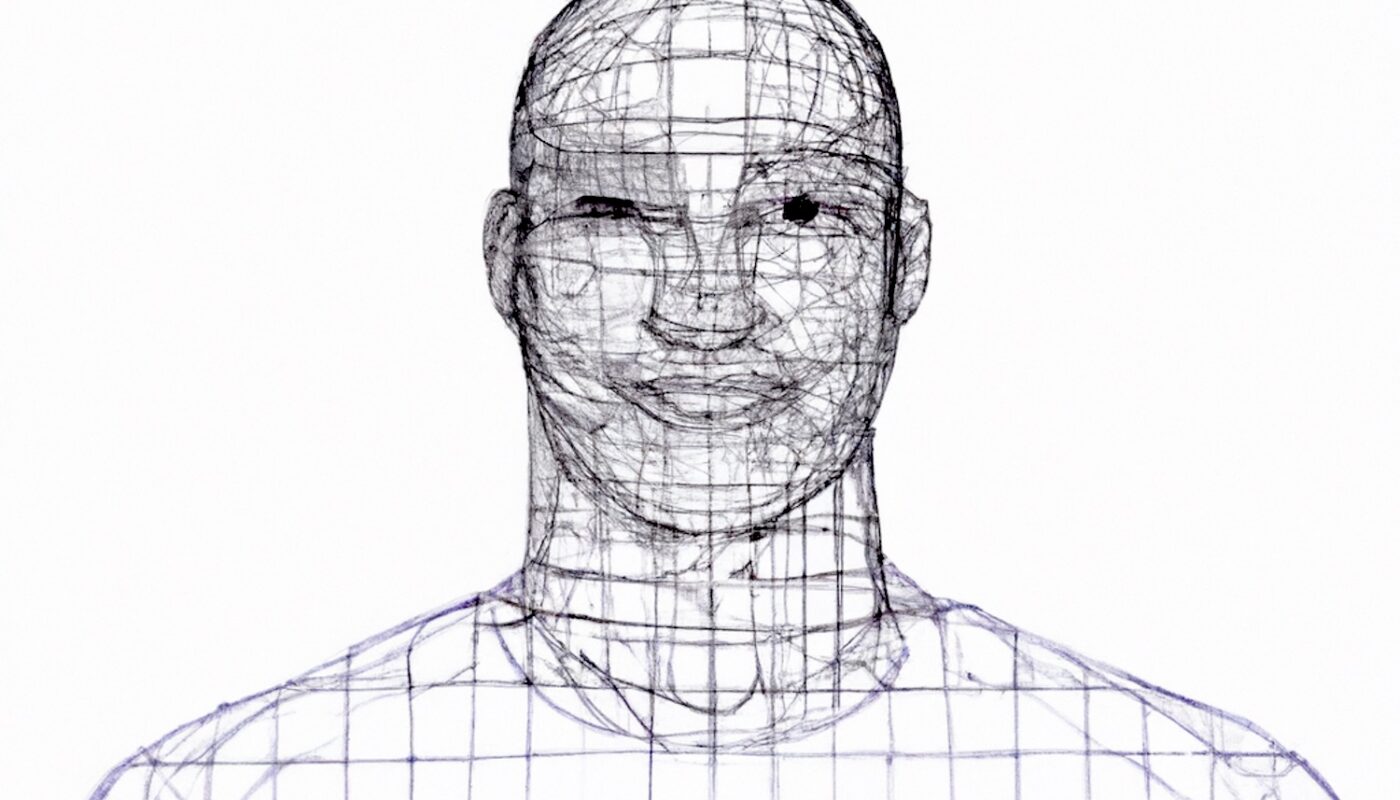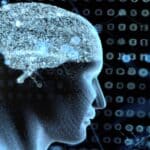Facial recognition technology has become a major issue in the field ofartificial intelligence (AI) in recent years. From the simple unlocking of our smartphones to national security, this technology has invaded our daily lives and seems to have a bright future. But how exactly does it work, and what are the challenges it faces? Find out everything you need to know about this fascinating innovation.
Understanding facial recognition
First, it is essential to understand what facial recognition is. It is a computer system capable of identifying or verifying a person based on his or her face. To do this, the technology usesartificial intelligence-based algorithms that analyze facial features and compare them to those stored in a database.
How does it work?
The facial recognition process consists of several steps:Facial image capture, using a photo or video; Extraction of facial features, such as distance between eyes, nose shape, etc. The matching of these characteristics with those contained in a database; Finally, the determination of the identity of the person. Of course, this process must be fast and efficient for the system to work in real time. This is where artificial intelligence comes into play, allowing for constant improvements in the accuracy and speed of the algorithms.
Possible applications of facial recognition
Thanks to its numerous advances, this technology now offers a multitude of possible applications, both in the private and public sectors. Among the sectors involved are:
- Security: access control to buildings, identification of suspicious individuals in the crowd, etc. ;
- Marketing: personalize ads based on customer demographics;
- Transportation: checking the identity of passengers at airports or train stations;
- Consumer electronics: smartphone unlocking, biometric authentication systems;
- Financial services: secure authentication for online banking transactions.
The key role of artificial intelligence To meet these different needs, AI plays a central role in improving and diversifying facial recognition solutions. For example, some algorithms are now able to detect fraud attempts by identifying high-resolution photos used to fool the system. Others are working on improving the success rate in difficult lighting conditions or low image quality.
The challenges and controversies of facial recognition
Despite its many advantages, this technology also raises several ethical and legal issues. Key concerns include the following themes:
- Respect for privacy and personal data;
- Generalized surveillance and the risks of authoritarian drift;
- Misidentification and the consequences for the individuals involved;
- Racist and sexist biases present in some algorithms.
Necessary regulation In light of these challenges, many experts are calling for strict regulation of facial recognition and its use. Legislative initiatives are already underway in some cities or countries, aiming in particular to regulate the use of this technology by law enforcement or private companies. It is essential to find a balance between the benefits of facial recognition and the respect of fundamental rights.
Conclusion: a promising future despite the challenges
In short, artificial intelligence and facial recognition form a revolutionary duo that continues to transform our society at a rapid pace. While there are many ethical and legal challenges, there is no doubt that this technology offers exciting prospects for the future.






